Rupture of the lateral collateral ligament (rupture of the external lateral ligament)
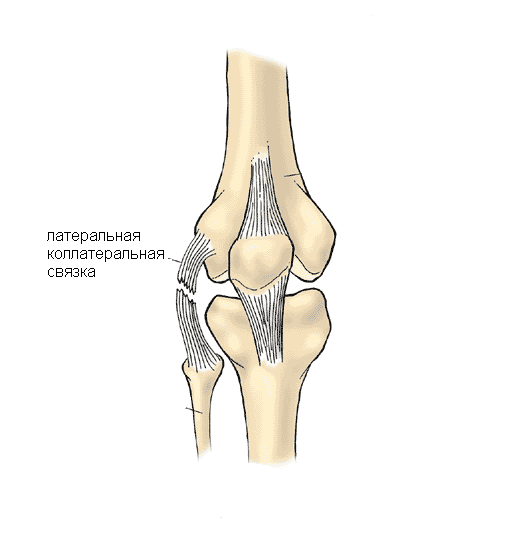 The lateral (external) collateral ligament (LCS) of the knee joint connects the outer epicondyle of the femur with the head of the fibula, located under the skin along the outer surface of the joint. Its main function is to prevent excessive displacement of the shin inside relative to the knee (so–called varus deformation).
The lateral (external) collateral ligament (LCS) of the knee joint connects the outer epicondyle of the femur with the head of the fibula, located under the skin along the outer surface of the joint. Its main function is to prevent excessive displacement of the shin inside relative to the knee (so–called varus deformation). 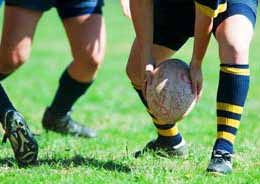
Lacerations of the LC occur much less frequently than ruptures of the medial collateral ligament. The most likely mechanism of injury is a direct blow to the anteromedial area of the knee, with the shin deflecting inwards and the LCS stretching and tearing. The knee joint is usually protected from such an impact by the opposite leg, however, when bending at the hip joint, for example, when trying to hit a ball "from the summer", the knee joint becomes unprotected from a direct blow directed from the inside to the outside. An indirect mechanism of injury is also possible when twisting a limb during a change of direction.
After the injury, there is pain on the outer surface of the knee joint, extensive subcutaneous hematoma in the projection of the ligament. The patient may experience a feeling of instability. Pronounced intraarticular effusion usually does not occur due to the extraarticular location of the ligament. A clinical examination reveals soreness on palpation, a positive "varus test": by performing an anticorrosion on the inner surface of the thigh, the orthopedist tries to move the shin inside. With a partial rupture, soreness occurs in the projection of the ligament, with a complete rupture– excessive deviation of the tibia. Radiography is mandatory, and in doubtful cases, it is performed under load. An MRI scan allows us to definitively determine the nature of the rupture and the presence of concomitant injuries to the menisci and other ligaments of the knee joint.
The tactics of treating incomplete lacerations are conservative – local cold, exclusion of stress for 4 weeks and elevated limb position, elastic bandaging, analgesics.
In case of complete rupture of the LCS, especially in combination with damage to other structures of the posterolateral joint, cruciate ligaments and menisci, surgical intervention is indicated. In the case of a fresh rupture, ligament suturing may be indicated, however, plastic surgery using an autograft from a tendon of a tender muscle is more often used for more stable fixation.
Why the EMC
The first and only clinic in Russia, created in the image of the world's leading clinics
EMC is a multidisciplinary center offering patients a high level of medical services and a personalized approach
Worldwide recognition and awards
 Learn more
Learn more
Worldwide recognition and awards
 Certificates and licenses
Certificates and licenses
Make an appointment for a consultation
Specify your contacts and we will contact you to clarify the details
Reviews
and new products of the EMC



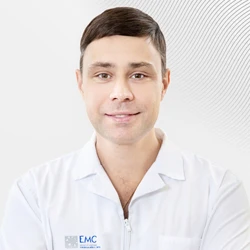






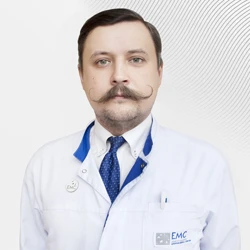

.webp)



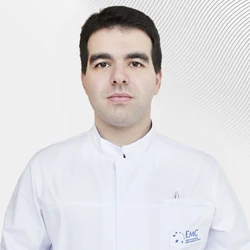
.webp)


